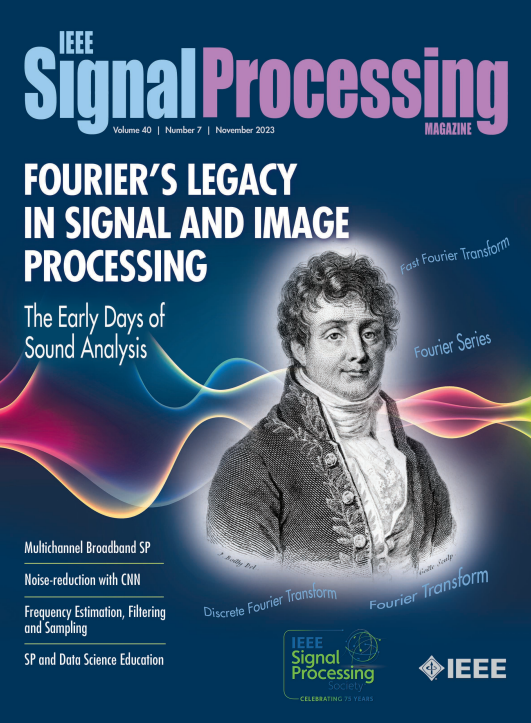6G及以上的近场太赫兹通信:从概念到实现
IF 9.6
1区 工程技术
Q1 ENGINEERING, ELECTRICAL & ELECTRONIC
引用次数: 0
摘要
太赫兹(THz)波段通信被视为未来无线标准的关键技术。硬件设计、信道模型和信号处理方面的进步都极大地推动了这一领域的发展。实用的 THz 无线技术已在高数据传输速率的回程链路中得到验证。然而,在广泛的通信系统中采用太赫兹波段频率的下一次飞跃必须覆盖一个巨大的峡谷。此类通信系统必须在高增益设备的巨大近场中运行,这些设备需要克服太赫兹频率极高的传播损耗,同时提供极高的数据传输速率和传感分辨率。近年来,近场太赫兹技术取得了进展,研究以物理层为中心,结合了波和通信理论,为太赫兹信号在近场传播的挑战提供了有意义的解决方案。本文将对近场太赫兹方面进行深入探讨。首先从阵列和波理论的共生关系来解释信号传播的问题,然后确凿地说明了典型波束成形在近场是如何被削弱的。还进一步解释了为什么太赫兹无线技术必须是近场技术,至少在某些情况下是如此。然后,介绍了波束成形的愿景,其中波前工程被用来解决新波束的设计问题,特别是波束聚焦、贝塞尔波束和艾里波束。文章还介绍了与这些光束的产生和接收有关的问题,以及涉及窄带限制的问题。最后,文章讨论了这些波束的一些更有前景和即将到来的应用,以及在这一全新而有趣的研究领域中令人兴奋的挑战和机遇。本文章由计算机程序翻译,如有差异,请以英文原文为准。
Near-Field Terahertz Communications for 6G and Beyond: From concepts to realizations
Terahertz (THz) band communications is envisioned as a key technology for future wireless standards. Advances in hardware design, channel models, and signal processing have all contributed significantly to advancing the field. Practical THz wireless has been demonstrated in high data-rate backhaul links. However, the next great leap for adopting THz-band frequencies in widespread communication systems must cover a massive canyon. Such communication systems must operate in the massive near field of the high-gain devices that are required to overcome the very high spreading losses of THz frequencies while providing all the promises of very high data rates and sensing resolution. Recent years have seen progress toward near-field THz, with investigations centered around the physical layer, combining both wave and communication theory to provide meaningful solutions to the challenges of THz signal propagation in the near field. In this article, an in-depth look is presented on the aspect of near-field THz. The aspect of signal propagation is first explained from a symbiosis of array and wave theory, following which it is conclusively shown how canonical beamforming is decimated in the near field. It is further explained why THz wireless must necessarily be near field, at least in some cases. Then, a vision of beamshaping is presented in which wavefront engineering is presented to address the design of new beams, specifically beamfocusing, Bessel beams, and Airy beams, which each offer distinct attractive advantages in creating THz links. Issues related to their generation and reception and issues involving narrowband limitations are presented. Finally, the article ends by discussing some of the more promising and upcoming applications of these beams as well as the exciting challenges and opportunities in this new and intriguing research area.
求助全文
通过发布文献求助,成功后即可免费获取论文全文。
去求助
来源期刊

IEEE Signal Processing Magazine
工程技术-工程:电子与电气
CiteScore
27.20
自引率
0.70%
发文量
123
审稿时长
6-12 weeks
期刊介绍:
EEE Signal Processing Magazine is a publication that focuses on signal processing research and applications. It publishes tutorial-style articles, columns, and forums that cover a wide range of topics related to signal processing. The magazine aims to provide the research, educational, and professional communities with the latest technical developments, issues, and events in the field. It serves as the main communication platform for the society, addressing important matters that concern all members.
 求助内容:
求助内容: 应助结果提醒方式:
应助结果提醒方式:


